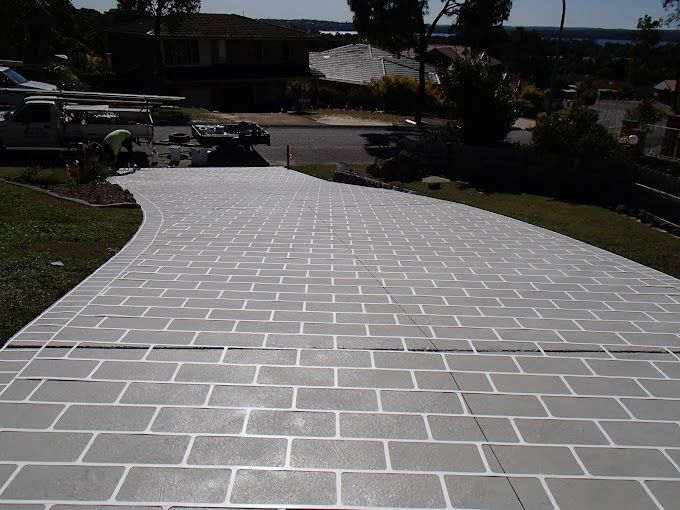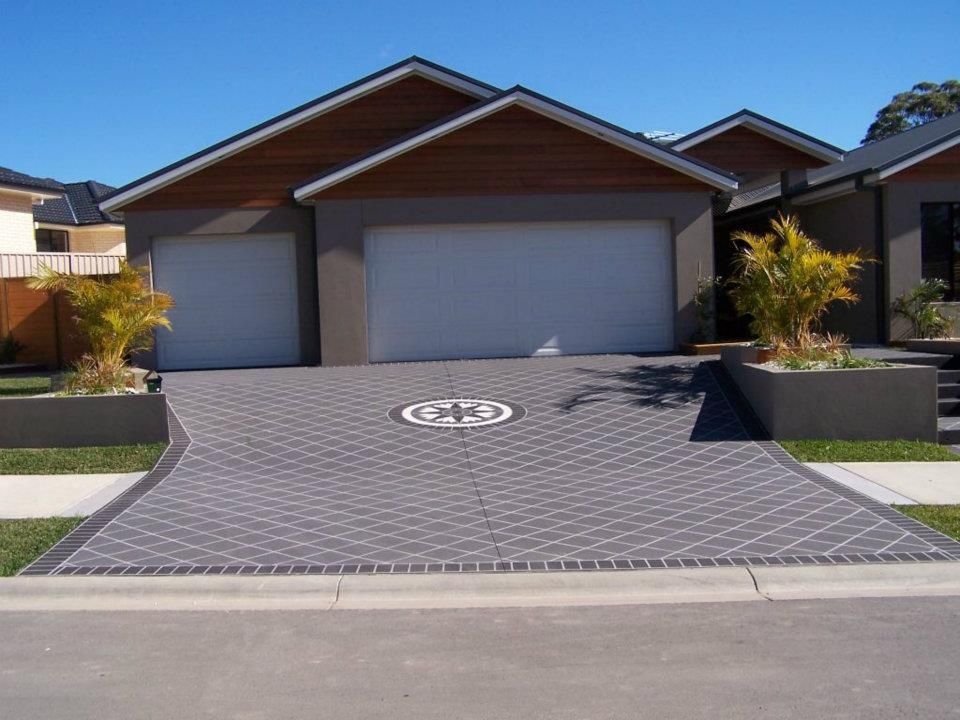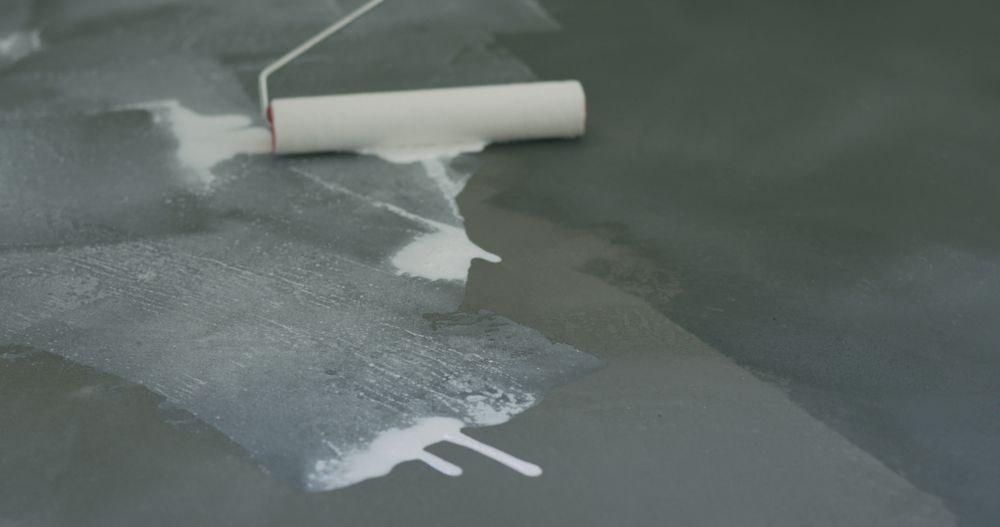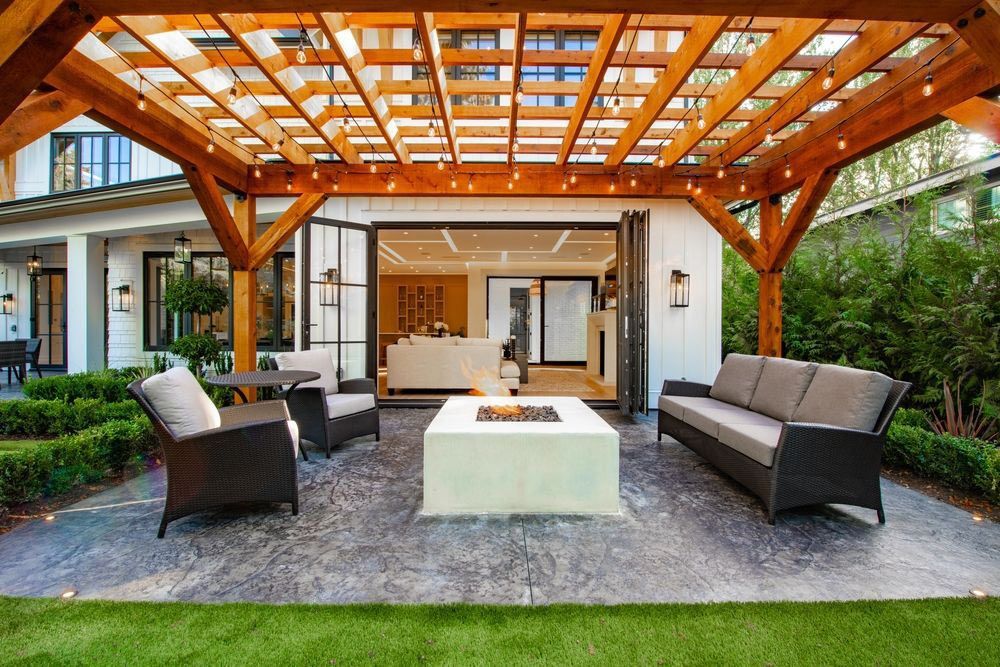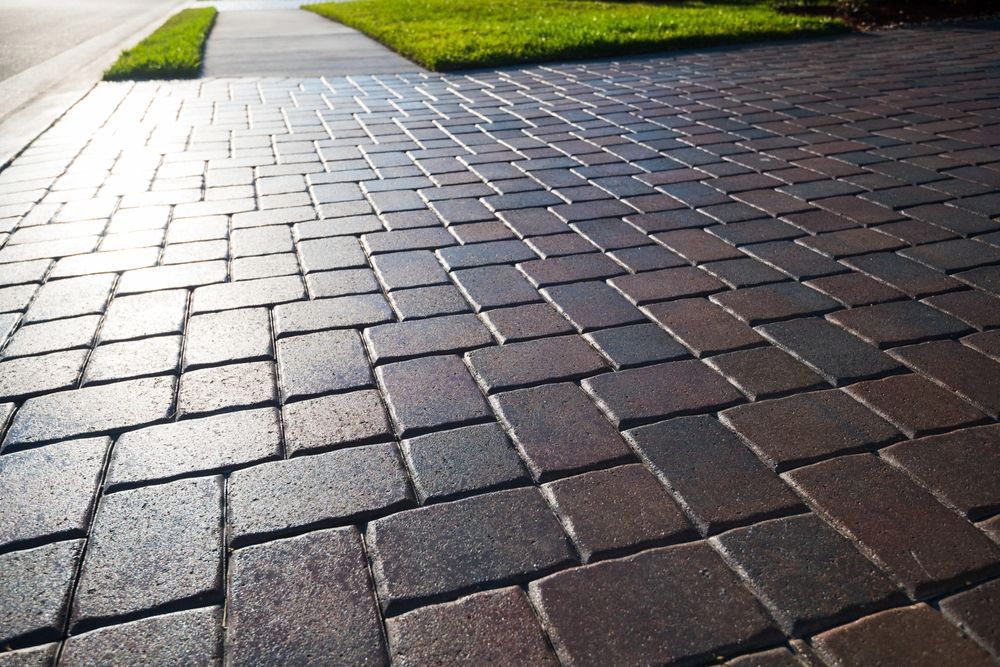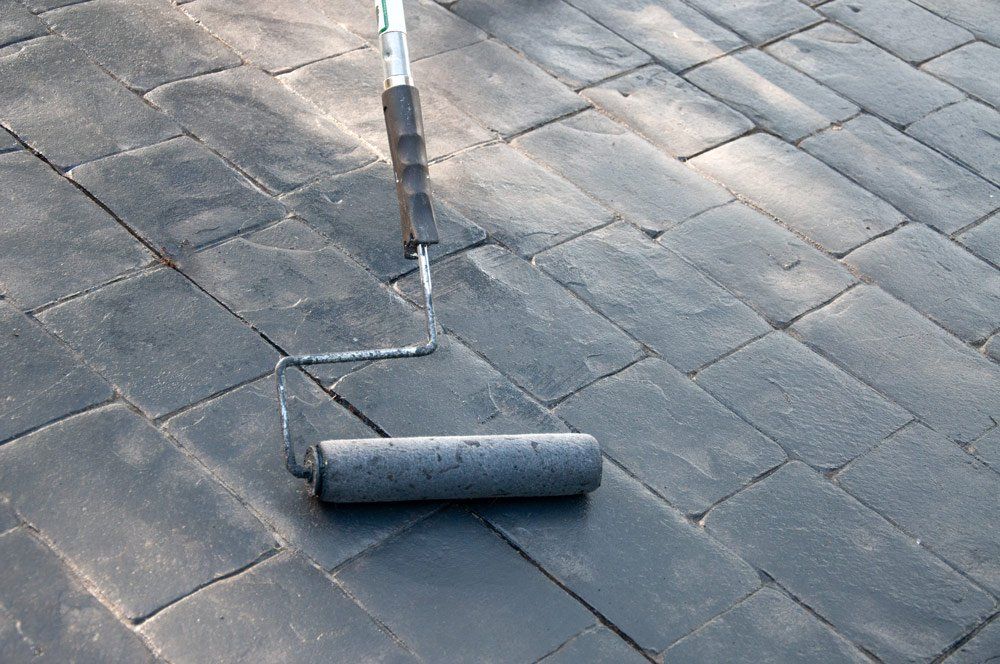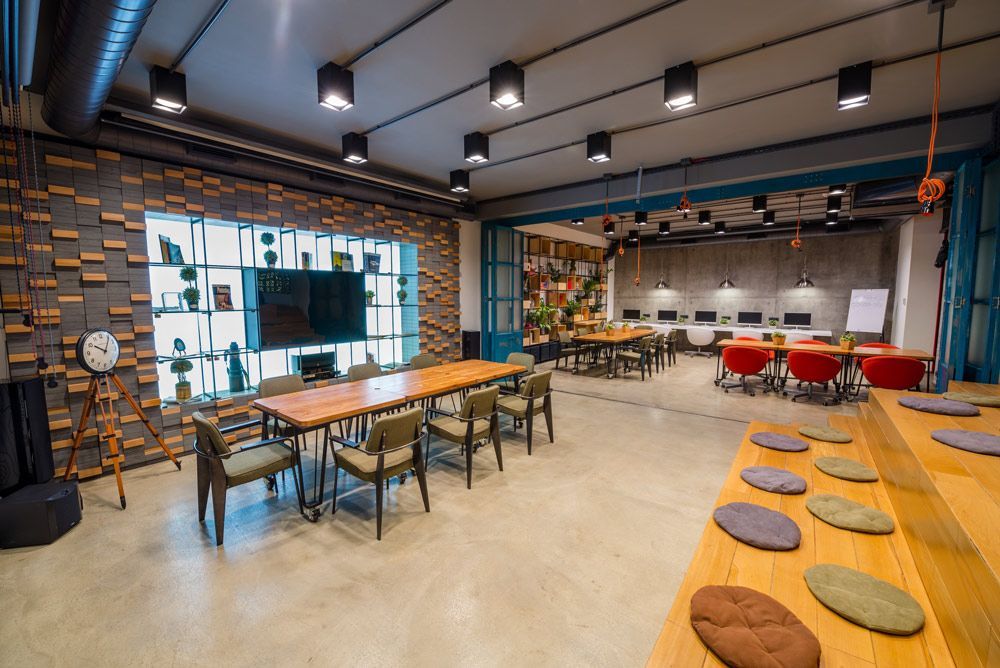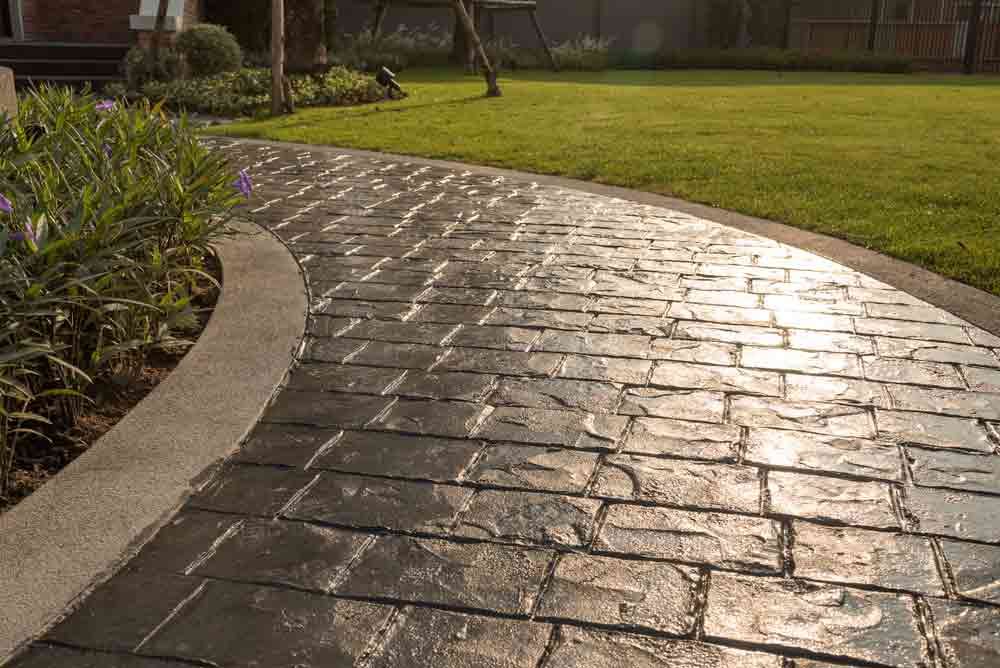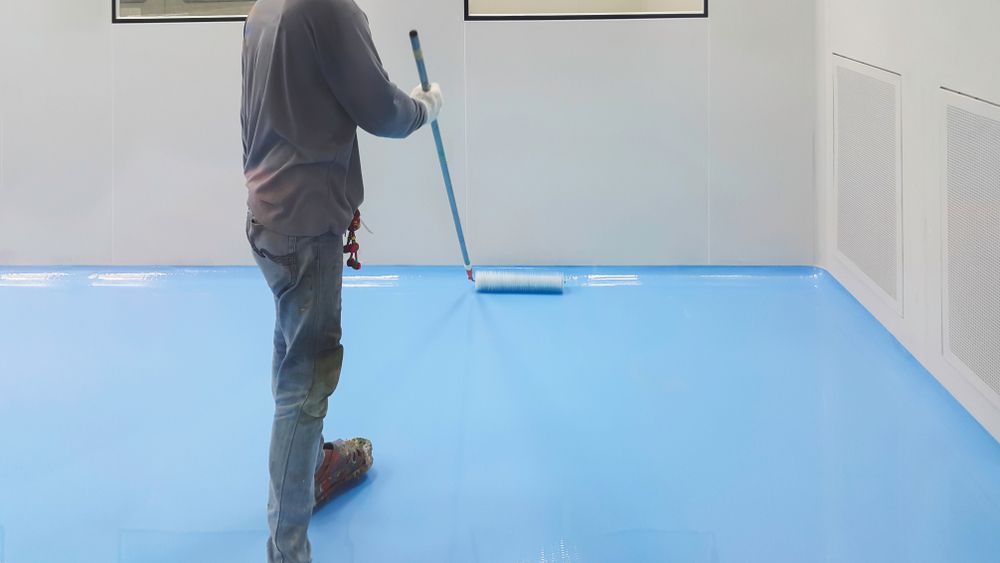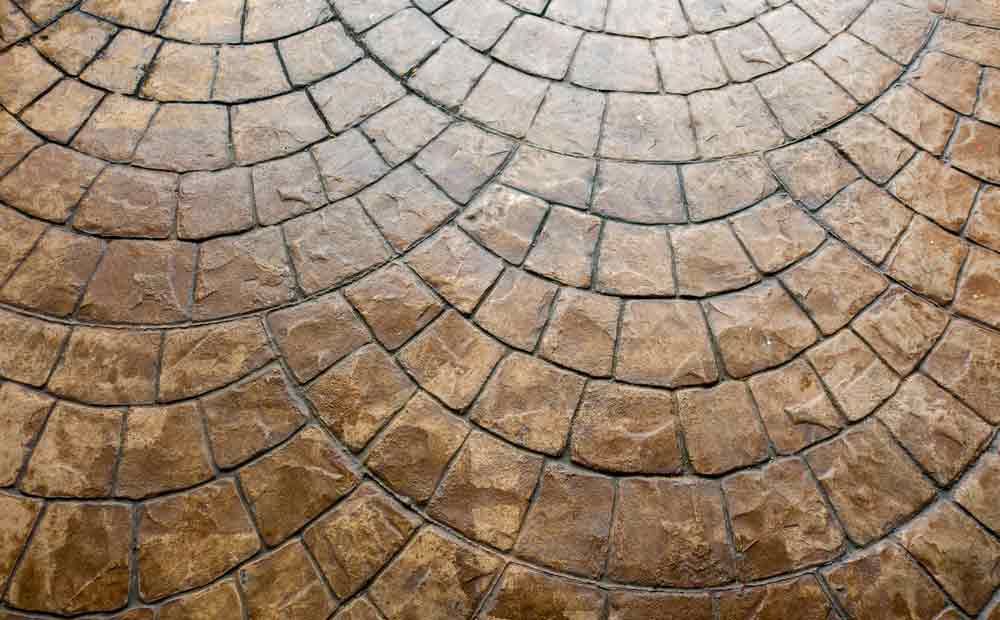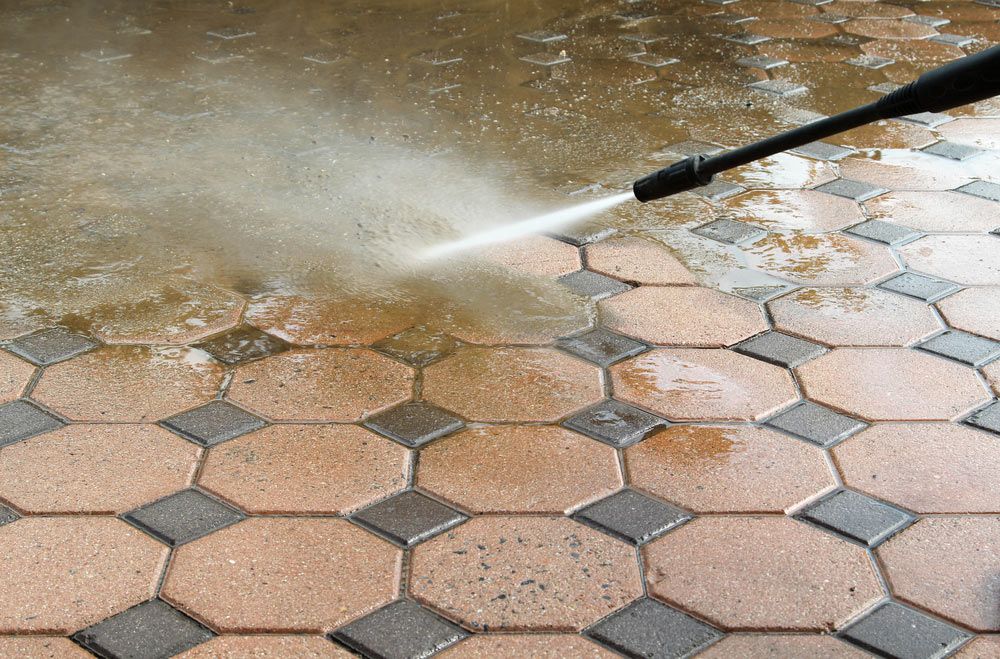How To Resurface Concrete
Have you ever walked past your driveway or patio and thought, “This concrete looks tired and worn out”? You’re not alone. Many homeowners face the challenge of rejuvenating their concrete surfaces without the hefty price tag of complete replacement. Resurfacing concrete is a cost-effective solution that can transform your space, giving it a fresh and durable finish. Whether you’re a DIY enthusiast or a professional contractor, here’s a comprehensive guide on how to resurface concrete effectively.
Assess The Condition Of Your Concrete
Before diving into the resurfacing process, it’s crucial to evaluate the current state of your concrete. Look for cracks, spalling or any signs of significant wear and tear. Minor imperfections can be repaired, but extensive damage might require more intensive preparation. Understanding the extent of the damage will help you choose the right resurfacing method and materials.
Clean The Surface Thoroughly
A clean surface is essential for a successful
concrete resurfacing project. Use a pressure washer or a stiff broom to remove debris, dirt, grease, and loose particles. For areas with stubborn stains or oil spills, apply a degreaser or a specialised concrete cleaner to completely remove contaminants. Ensure the concrete is completely dry before proceeding. This step ensures that the resurfacing material adheres properly, preventing future peeling or bubbling.
Repair Any Existing Cracks & Holes
Addressing cracks and holes is a critical step in preparing your concrete for resurfacing. Use a concrete patching compound to fill in any imperfections. For larger cracks, consider using a concrete filler or epoxy to ensure a smooth and even surface. Allow the repairs to dry completely before moving on to the next step.
Etch The Concrete Surface
Etching the surface helps to create a rough texture, allowing the resurfacing material to bond more effectively with the concrete. You can use a commercial etching solution or a mixture of muriatic acid and water. Apply the solution evenly, following the manufacturer’s instructions and rinse thoroughly once the desired texture is achieved. Always wear protective gear during this process to safeguard against fumes and splashes.
Apply A Bonding Agent
A bonding agent acts as a bridge between the old concrete and the new resurfacing material. This ensures a strong and lasting bond, preventing delamination over time. Spread the bonding agent evenly across the surface using a brush or roller and allow it to dry as per the manufacturer’s guidelines before applying the resurfacing compound.
Choose & Apply The Resurfacing Material
Selecting the right resurfacing material is vital for achieving the desired finish and durability. Options include polymer-modified concrete, epoxy-based products and decorative overlays like stamped or stained concrete. For a smooth application, consider using a spray-on resurfacing solution. Apply the material evenly with a trowel or sprayer, ensuring consistent coverage. Work in manageable sections to maintain a uniform appearance.
Add Decorative Finishes (Optional)
To enhance the aesthetic appeal of your resurfaced concrete, consider adding decorative finishes. Techniques like
stencilling, staining or adding coloured aggregates can give your concrete a unique and personalised look. Follow the specific instructions for each decorative method to achieve the best results. Let the finishes dry completely before using the surface to ensure longevity and vibrancy.
Get Started With Concrete Resurfacing Today!
Resurfacing concrete is an excellent way to breathe new life into your existing surfaces, providing both aesthetic and functional benefits. At Concrete Colour Solutions, we offer high-quality concrete resurfacing products and expert services to ensure your project is a success. Whether you’re looking to repair, enhance or completely transform your concrete surfaces, our team is here to help. Discover the advantages of choosing our concrete resurfacing solutions and take the first step towards a stunning and durable finish today!




